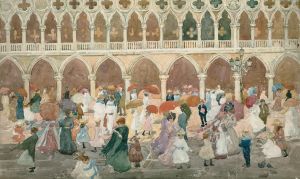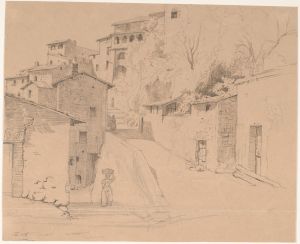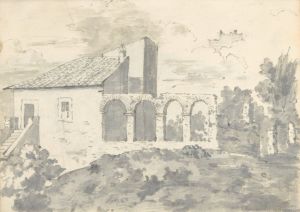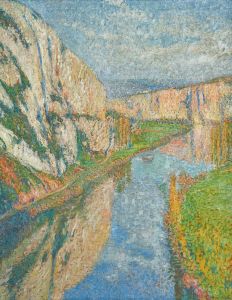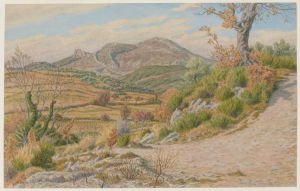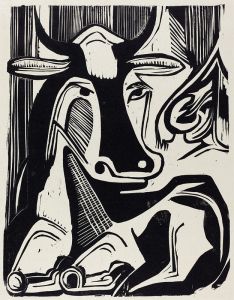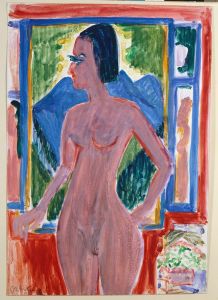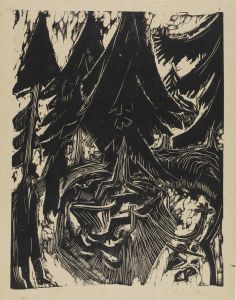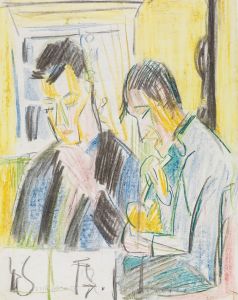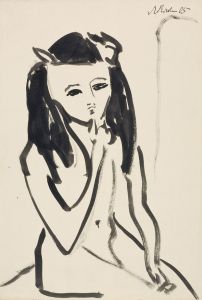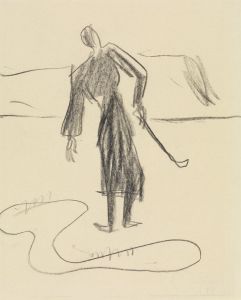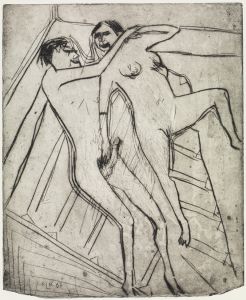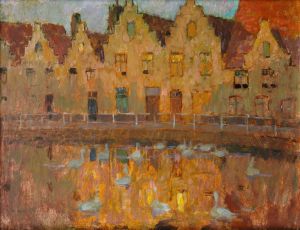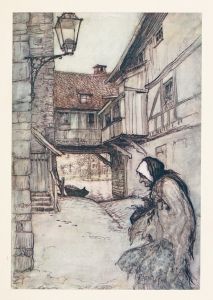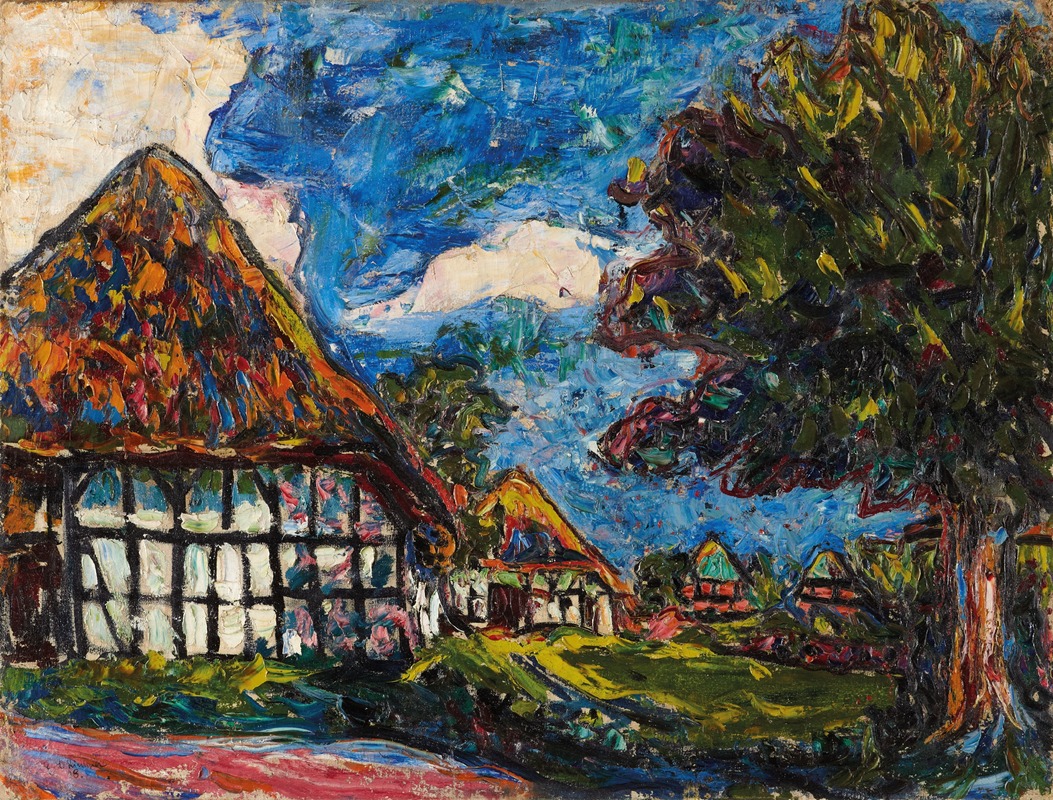
Fehmarn Houses
A hand-painted replica of Ernst Ludwig Kirchner’s masterpiece Fehmarn Houses, meticulously crafted by professional artists to capture the true essence of the original. Each piece is created with museum-quality canvas and rare mineral pigments, carefully painted by experienced artists with delicate brushstrokes and rich, layered colors to perfectly recreate the texture of the original artwork. Unlike machine-printed reproductions, this hand-painted version brings the painting to life, infused with the artist’s emotions and skill in every stroke. Whether for personal collection or home decoration, it instantly elevates the artistic atmosphere of any space.
Ernst Ludwig Kirchner's painting Fehmarn Houses is a work by the German Expressionist artist, created during his time on the island of Fehmarn in the Baltic Sea. Kirchner, a founding member of the influential art group Die Brücke (The Bridge), is known for his vibrant use of color, bold brushstrokes, and emotionally charged depictions of landscapes, urban scenes, and figures. His time on Fehmarn, which he visited frequently between 1912 and 1914, was particularly significant for his artistic development, as the island's natural beauty and tranquil environment provided inspiration for many of his works.
Fehmarn Houses reflects Kirchner's fascination with the rural architecture and landscape of the island. The painting captures the simplicity and charm of the houses on Fehmarn, rendered in his distinctive Expressionist style. Kirchner's use of exaggerated forms and non-naturalistic colors conveys a sense of vitality and emotional resonance, characteristic of his approach to art. The work exemplifies his ability to transform ordinary scenes into dynamic compositions that evoke a deeper connection to the subject matter.
During his stays on Fehmarn, Kirchner often painted en plein air, immersing himself in the natural surroundings. This practice allowed him to experiment with light, color, and form, resulting in works that are both spontaneous and deeply expressive. The island's landscapes, with its open fields, coastal views, and traditional architecture, became recurring motifs in his art during this period.
Kirchner's time on Fehmarn was cut short by the outbreak of World War I in 1914, which marked a turning point in his life and career. The war, along with personal struggles and health issues, had a profound impact on his later works. However, the paintings he created on Fehmarn, including Fehmarn Houses, remain a testament to his creative energy and his ability to find inspiration in his surroundings.
Today, Fehmarn Houses is recognized as an important example of Kirchner's work during his Fehmarn period. It reflects his commitment to the ideals of Expressionism and his desire to capture the essence of his environment through bold artistic experimentation. The painting is held in high regard by art historians and collectors, contributing to Kirchner's legacy as one of the leading figures of early 20th-century modern art.





